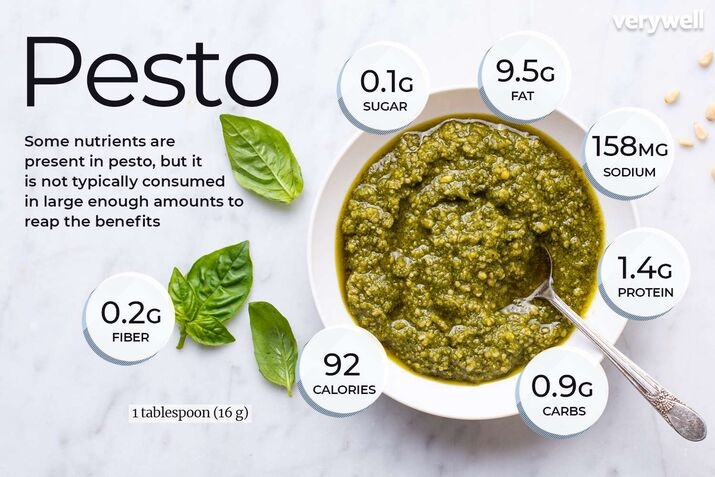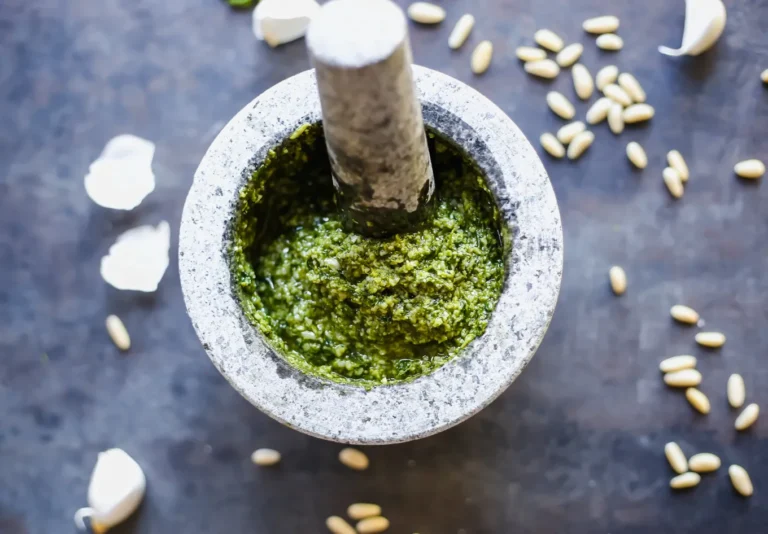Basil pesto, known for its vibrant green color and rich, aromatic flavor, holds a cherished place in Italian cuisine. From its historical origins in Liguria to its role in contemporary fusion dishes, pesto has evolved while retaining its classic charm.
This article delves into basil pesto in Italian cuisine and the historical background, cultural significance, regional variations, and modern adaptations of basil pesto, showcasing its enduring popularity and versatility.
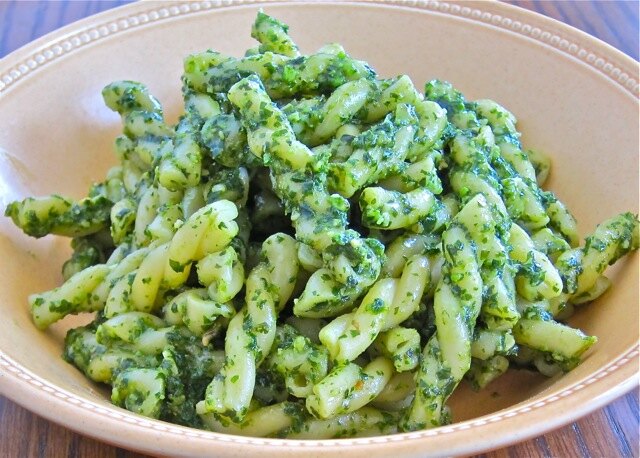
Historical Background
Origins in Liguria
Basil pesto traces its roots to the coastal region of Liguria, specifically the city of Genoa. The name “pesto” comes from the Genoese word “pestâ,” which means to pound or crush, reflecting the traditional method of preparing the sauce by hand with a mortar and pestle. The earliest versions of pesto date back to Roman times when a similar paste called “moretum” was made using herbs, garlic, cheese, and olive oil.
The introduction of basil to Liguria significantly influenced the development of pesto as we know it today. Basil, believed to have been brought to Italy from India via the spice trade, thrived in Liguria’s Mediterranean climate. This led to the creation of “pesto alla Genovese,” the quintessential basil pesto recipe that has become synonymous with Italian cuisine.
Traditional Preparation Methods
Traditional preparation of basil pesto involves a few simple yet precise steps. Fresh basil leaves are carefully washed and patted dry. In a marble mortar, garlic cloves and pine nuts are first crushed to a paste. Basil leaves are added gradually, and then the mixture is pounded until a thick green paste forms. The key is to use a gentle, circular motion to avoid bruising the basil too much, which can cause it to oxidize and turn dark.

After the basil, finely grated Parmigiano-Reggiano and Pecorino cheese are incorporated, followed by a slow drizzle of extra virgin olive oil to bind everything together. The result is a smooth, aromatic sauce that captures the essence of fresh basil. While modern conveniences like blenders and food processors are often used today, many purists insist that the traditional mortar and pestle method yields a superior flavor and texture.
Cultural Significance
Role in Italian Cooking
Basil pesto is more than just a sauce; it’s a cornerstone of Italian cooking. It’s traditionally served with pasta, particularly trofie or trenette, but its uses extend far beyond. Pesto can be a topping for minestrone soup, a spread for bruschetta, or a flavorful addition to meats, fish, and vegetables. Its versatility makes it a staple in Italian kitchens, where it’s celebrated for its fresh, robust flavor.
Pesto’s role in Italian cooking also reflects the country’s emphasis on simplicity and quality ingredients. The minimalistic approach, using only the freshest basil, garlic, pine nuts, cheese, and olive oil, allows each component’s flavor to shine through. This respect for ingredients and tradition is a hallmark of Italian culinary philosophy.
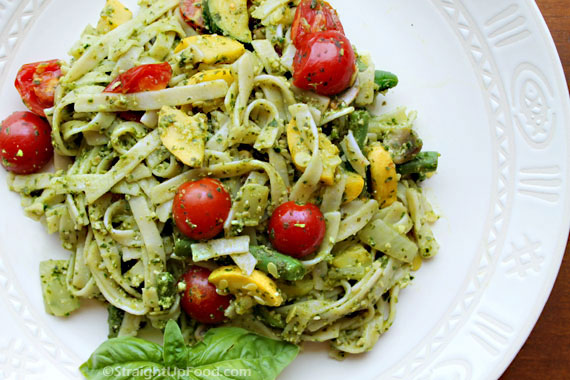
Pesto in Italian Festivals
Pesto holds a special place in Italian festivals and celebrations. In Genoa, the Pesto World Championship is held annually, attracting pesto enthusiasts from around the globe. Participants compete to make the best pesto using traditional methods, judged by a panel of experts. This event highlights the cultural importance of pesto and its enduring legacy in Italian cuisine.
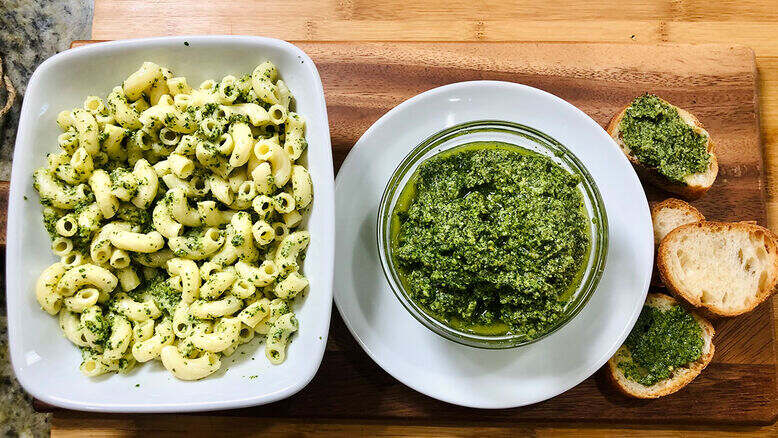
In addition to competitive events, pesto is often featured in regional food festivals across Italy. These festivals celebrate local produce and culinary traditions, with pesto being a star attraction. It’s not uncommon to find pesto-themed dishes and demonstrations showcasing the art of making this beloved sauce.
Regional Variations
Pesto alla Genovese
Pesto alla Genovese is the most famous and widely recognized version of basil pesto. This traditional Ligurian recipe sets the standard for all other pesto variations. The combination of fresh basil, garlic, pine nuts, Parmigiano-Reggiano, Pecorino cheese, and extra virgin olive oil creates a harmonious blend of flavors that epitomizes Italian cuisine.
The authenticity of Pesto alla Genovese is protected by the Genoese community, who emphasize the importance of using local ingredients. The basil, for instance, is ideally sourced from the Ligurian region, known for its superior quality. This dedication to regional ingredients ensures that Pesto alla Genovese remains true to its origins.
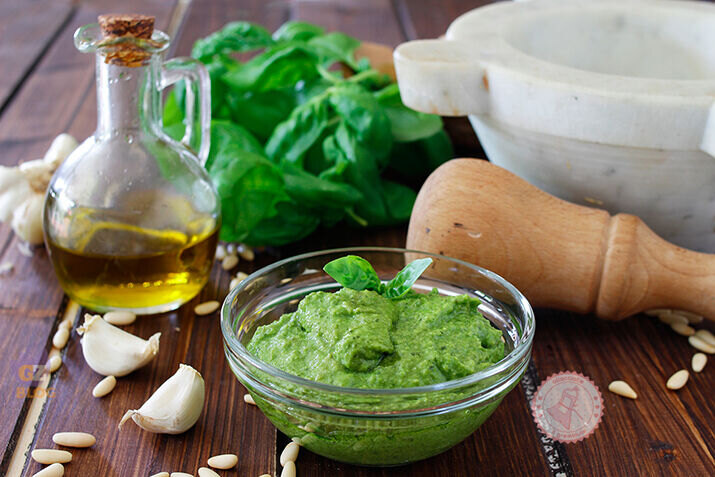
Other Italian Pesto Recipes
While Pesto alla Genovese is the most famous, other regions in Italy have developed their own unique pesto recipes. In Sicily, for example, there is “Pesto alla Trapanese,” which incorporates tomatoes, almonds, and sometimes ricotta cheese, giving it a distinct flavor and texture. This Sicilian version reflects the island’s agricultural abundance and its fusion of Mediterranean influences.
In the region of Calabria, “Pesto di Peperoni” features sweet bell peppers, garlic, and pecorino cheese, creating a vibrant red pesto with a slightly smoky taste. Each regional variation of pesto highlights local ingredients and culinary traditions, showcasing the diversity of Italian cuisine.

Modern Adaptations
Contemporary Recipes



In contemporary cuisine, basil pesto has inspired a myriad of innovative recipes. Chefs around the world experiment with different herbs, nuts, and cheeses to create unique pesto variations. For example, arugula or spinach can replace basil for a different flavor profile, while walnuts or cashews might be used instead of pine nuts.
Modern recipes often incorporate pesto in unconventional ways. Pesto pizza, where pesto replaces tomato sauce, has become a popular alternative.
Pesto can also be mixed into dough for a flavorful twist on bread or used as a marinade for meats and seafood. These adaptations demonstrate pesto’s versatility and its ability to enhance a wide range of dishes.




Fusion Cuisine
The global popularity of basil pesto has led to its incorporation into fusion cuisine, blending Italian traditions with other culinary influences. In Asian-inspired dishes, pesto might be combined with soy sauce and ginger for a unique twist. Pesto sushi rolls, where pesto is used instead of traditional wasabi, are another creative fusion.
In Mexican cuisine, pesto can be blended with avocados to create a vibrant pesto guacamole. These fusion recipes not only highlight pesto’s adaptability but also its ability to complement diverse flavor profiles. The result is a culinary innovation that pays homage to the original while exploring new gastronomic territories.
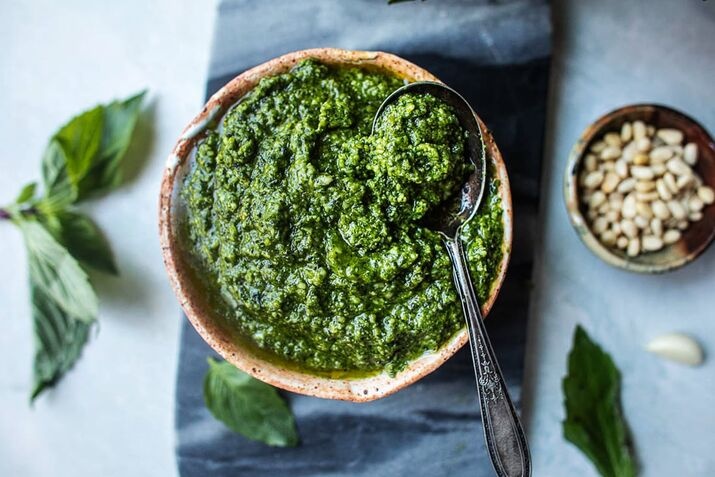
Frequently Asked Questions
Conclusion
Basil pesto’s journey from its origins in Liguria to its place in contemporary kitchens around the world is a testament to its timeless appeal. Whether prepared traditionally with a mortar and pestle or adapted into modern recipes, pesto remains a beloved staple in Italian cuisine.
Its ability to enhance a wide variety of dishes, combined with its rich cultural heritage, ensures that basil pesto will continue to be celebrated by food enthusiasts for generations to come.
Disclosure: Our blog contains affiliate links to products. We may receive a commission for purchases made through these links. However, this does not impact our reviews and comparisons. We try our best to keep things fair and balanced, in order to help you make the best choice for you.




